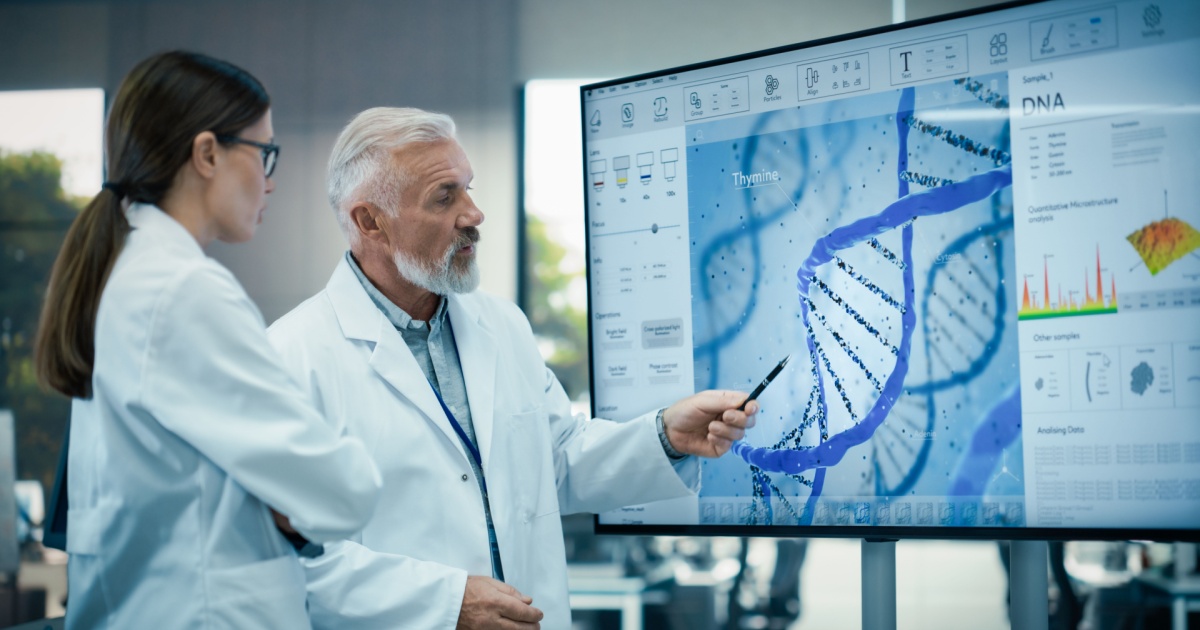
Shutterstock
Creating life is something that scientists have been able to do for a while now. In 2010, a team of researchers was able to make the first-ever synthetic bacteria. It was a massive undertaking, and after 15 years of work, they were able to complete it.
While it is amazing that this was even possible, it followed the same design as all life in nature, at least when it comes to the genetic level. All DNA and RNA is made up of codons, which are the sequences that the strands are made of. And, all life on Earth (as far as we know) has 64 codons that are made up of just 20 total amino acids.
Interestingly, however, scientists have also known that some of these codons were redundant. It is generally thought that this is a product of evolution since the process of evolving is not always the most efficient, but more of a ‘brute force’ effort to figure out what can work, not what would be best.

Shutterstock
So, a team of scientists at the Medical Research Council’s Laboratory of Molecular Biology decided to see if they could create life without those codons that are thought to be redundant. So, they got to work on “Syn57,” which is an entirely bioengineered strain of E. coli.
To accomplish this, the researchers had to alter more than 101,000 lines of genetic code.
After completing this painstaking process, they had what is being considered the most efficient lifeform ever seen. Efficient in that it has just 57 codons rather than the 64 found in everything else.
This is not just an effort to see what is possible. Pushing the envelope in this way gives new insights into what types of genomes can be created and what life will tolerate.
The fact that they were able to make a living bacteria that had 57 codons shows that life is a lot more adaptable than what we see today. It is possible that in the distant past, lifeforms with fewer codons evolved, but for whatever reason, they never caught on.

Shutterstock
It could be that they have some type of defect that makes them less likely to survive, or it could be something as simple as blind luck. If a bacterium billions of years ago had a mutation that gave it just 57 (or maybe fewer?) codons, even if it was superior in every way, it may have gotten eaten, or isolated, or killed in some other way so that it didn’t have the chance to reproduce.
This study illustrates the fact that evolution is not necessarily the path to the best possible forms of life; it is simply a path to some viable lifeforms.
If you thought that was interesting, you might like to read about a quantum computer simulation that has “reversed time” and physics may never be the same.
Categories: NATURE/SPACE, SCI/TECH
Tags: · codons, dna, gene editing, life, lifeforms, rna, science, single topic, synthetic life, top

